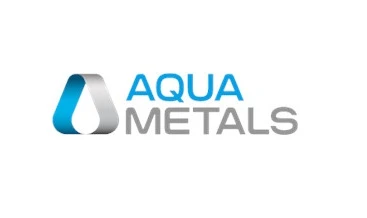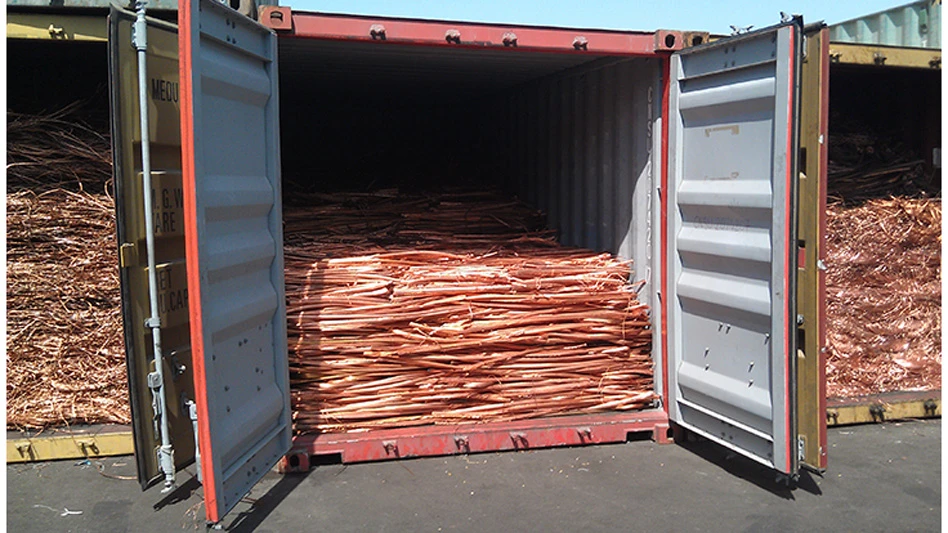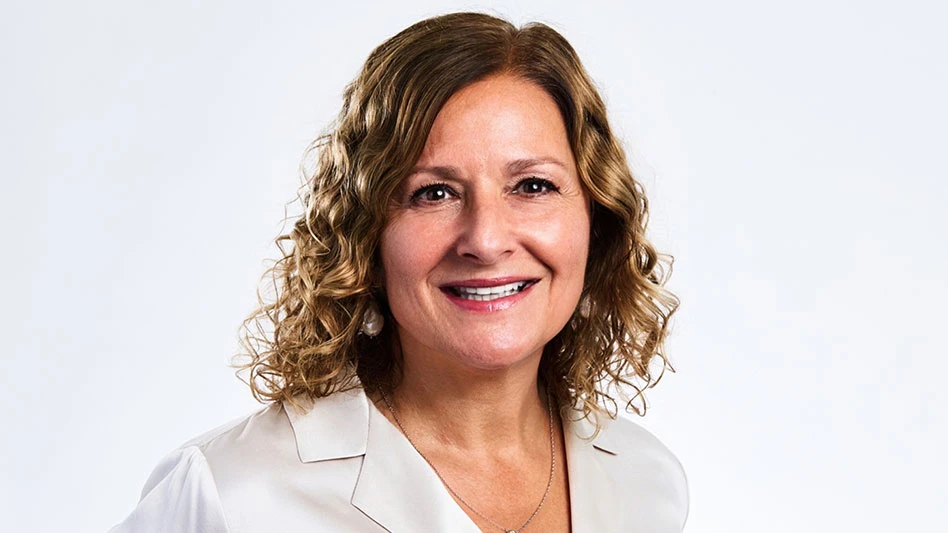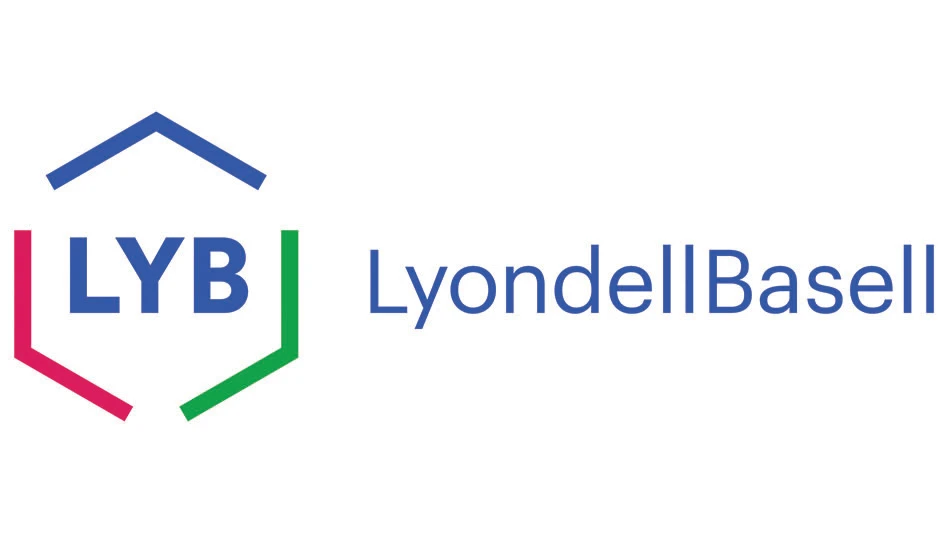
Some panelists who spoke during the 2021 Paper & Plastics Recycling Conference Webinar Series expressed high hopes for old corrugated containers (OCC) and mixed paper, which saw increased demand in 2020 despite supply chain and quality issues.
During the Commodity Focus: OCC & Mixed Paper session, panelists Shawn State, president of Conyers, Georgia-based Pratt Industries; John Daniel, president and CEO of Baltimore-based Canusa Hershman Recycling; and Kurt McLaughlin, vice president of Quincy, Illinois-based Quincy Recycle Inc., discussed the current state of OCC and mixed paper markets and the effects that shipping issues and expanding containerboard capacity will have on these markets in the future.
The session, which aired Oct. 26, was moderated by Michael Arcieri, an international commodity trader for Newport CH International in Orange, California.
The state of recovered paper markets

State said he believes that markets for recovered paper have been robust, with solid demand for OCC and mixed paper. Despite the uncertainty that 2020 caused, he said markets for OCC and mixed paper did what the company expected they would do this past year —demand ramped up in the spring, dipped down in the summer and ramped up again by fall.
“At least at our paper mill, inventory is very good today, probably better than it’s been in 10 or 11 months,” State added.
While demand has been strong for OCC and mixed paper, Daniel said export options for these grades have been more complicated. He attributes export-related problems to delayed or canceled bookings with shipping lines as well as a severe shortage in drayage in various markets.
“While the markets have reached record levels and there’s been a crazy run-up in price, the logistics challenges have really been the most noteworthy thing in OCC’s current state of affairs,” Daniel said.
McLaughlin said that labor and freight issues have made selling OCC and mixed paper more difficult. Containerboard mills’ customer base also has been an issue in light of inconsistency in schedules and supply chain issues, such as the semiconductor shortage.
Domestic consumption capacity for these grades also has grown. Green Bay Packaging, for example, opened a mill this spring in Green Bay, Wisconsin, that produces 685,000 tons per year of containerboard and consumes OCC and mixed paper. Additionally, ND Paper began operations in late 2020 at its mills in Fairmont, West Virginia; Biron, Wisconsin; and Rumford, Maine.
Overall, new containerboard capacity could put short-term pressure on the market, State said. However, as those mills begin production of boxes and those boxes get collected for recycling and recirculated, he said the market will settle down.
“If you could imagine a swimming pool and if you throw something in it, you’re going to get some ripples,” he said. “Long term, being two or three years out, you’ll probably see the market settle out a little bit.”
Daniel said he expects that demand for OCC will grow with the supply because of the increase in capacity at domestic mills.
State said he believes sufficient OCC supply is available to meet domestic and global demand. He added that some OCC has remained in the domestic market because of the freight-related issues that are affecting export markets.
“The supply for OCC is definitely there,” McLaughlin added. “It’s a matter of getting it in, processing it and shipping it appropriately.”
Evaluating export markets
While domestic recovered paper markets are robust, recovered paper exports have decreased by about 4 million tons this year when compared with 2017, according to Canusa Hershman Recycling’s analysis.
McLaughlin said his company has switched to selling most of its recovered fiber domestically in light of shipping container shortages and booking issues. He added that the only commodities Quincy Recycle has sold overseas are plastic scrap grades in 2020 and 2021.
“Everything is moving, but the amount of people and resources and time it takes to move one container is increasing,” Daniel said. “Right now, 50 percent of bookings are going to be delayed, rolled or canceled. I don’t really see an end in sight.”
He added, “Hopefully, next year will be better.”
Despite these issues, Daniel said a good deal of recovered paper has been exported from the U.S. in 2021. According to research conducted by Canusa Hershman Recycling, India, Thailand and Vietnam each bought 1 million more tons of recovered paper from the U.S. so far in 2021 compared with 2017. Malaysia and Taiwan each have bought 500,000 tons more recovered paper from the U.S. this year compared with 2017, according to that company’s data.
However, Daniel said the quality of mixed paper exports has worsened in recent years.
“I think that it’s critically important for us to be vigilant about prohibitive levels in mixed paper,” he continued. “It’s up to us to self-police, and it’s up to the U.S. mills to align with that if it’s to their advantage.”
State added that the quality of mixed paper has made the material more difficult for Pratt’s mills to handle. If the quality of mixed paper continues to worsen, he said that grade will no longer be exportable.
State and McLaughlin attributed the quality issue with mixed paper to the labor shortage and having an insufficient number of workers to sort through the paper to meet mill standards.
State said the growing number of containerboard mills has increased demand and pricing for OCC, therefore all of these mills are trying to use more mixed paper to reduce those costs. OCC was at a national average price of $160 per ton in late October, when the webinar series aired.
As of the November buying period, it had declined somewhat to $154 per ton, according to Fastmarkets RISI’s PPI Pulp & Paper Week report Nov. 5.
With the new mills coming online, State said he believes there will be sufficient capacity to consume all the mixed paper that the U.S. is producing. He said that if companies chose not to export it, there will be a domestic mill to sell it to in two to four years.
“I would be looking at all this domestic capacity and be thinking, ‘How can I pivot my business to sell more domestic versus export,’” State said.

The role of robotics
Panelists expressed skepticism that the use of advanced automation and robotics would be able to eliminate the need for manual labor in recovered paper sorting. All three panelists said these technologies have helped to boost recovered paper quality, but none of them said they believed there will be a day when automation completely replaces human sortation.
“I think that on the front end, you will always have three to six people when you have to pick out big contaminants,” State said. “A robot and an optical sorter are not going to get that.
“If designed properly after that point, there can be very little human interaction between presort and a commodity bunker or baler,” he added.
McLaughlin echoed State’s comments but said larger material recovery facilities potentially could rely more heavily on robotics and optical sorters. However, smaller plants handling a variety of materials, such as Quincy Recycle, need human sorters to ensure good quality on all the different grades of paper and plastics.
“A traditional paper stock plant needs people,” Daniel added. “We have a long way to go with robots, but we will never get to the point where it is going to be only robots. We need people.”

Explore the December 2021 Paper Recycling Supplement Issue
Check out more from this issue and find your next story to read.
Latest from Recycling Today
- APR, RecyClass release partnership progress report
- Clearpoint Recycling, Enviroo sign PET supply contract
- Invista expanding ISCC Plus certification program
- Redwood partnership targets recycling of medium-format batteries
- Enfinite forms Hazardous & Specialty Waste Management Council
- Combined DRS, EPR legislation introduced in Rhode Island
- Eureka Recycling starts up newly upgraded MRF
- Reconomy Close the Gap campaign highlights need for circularity





